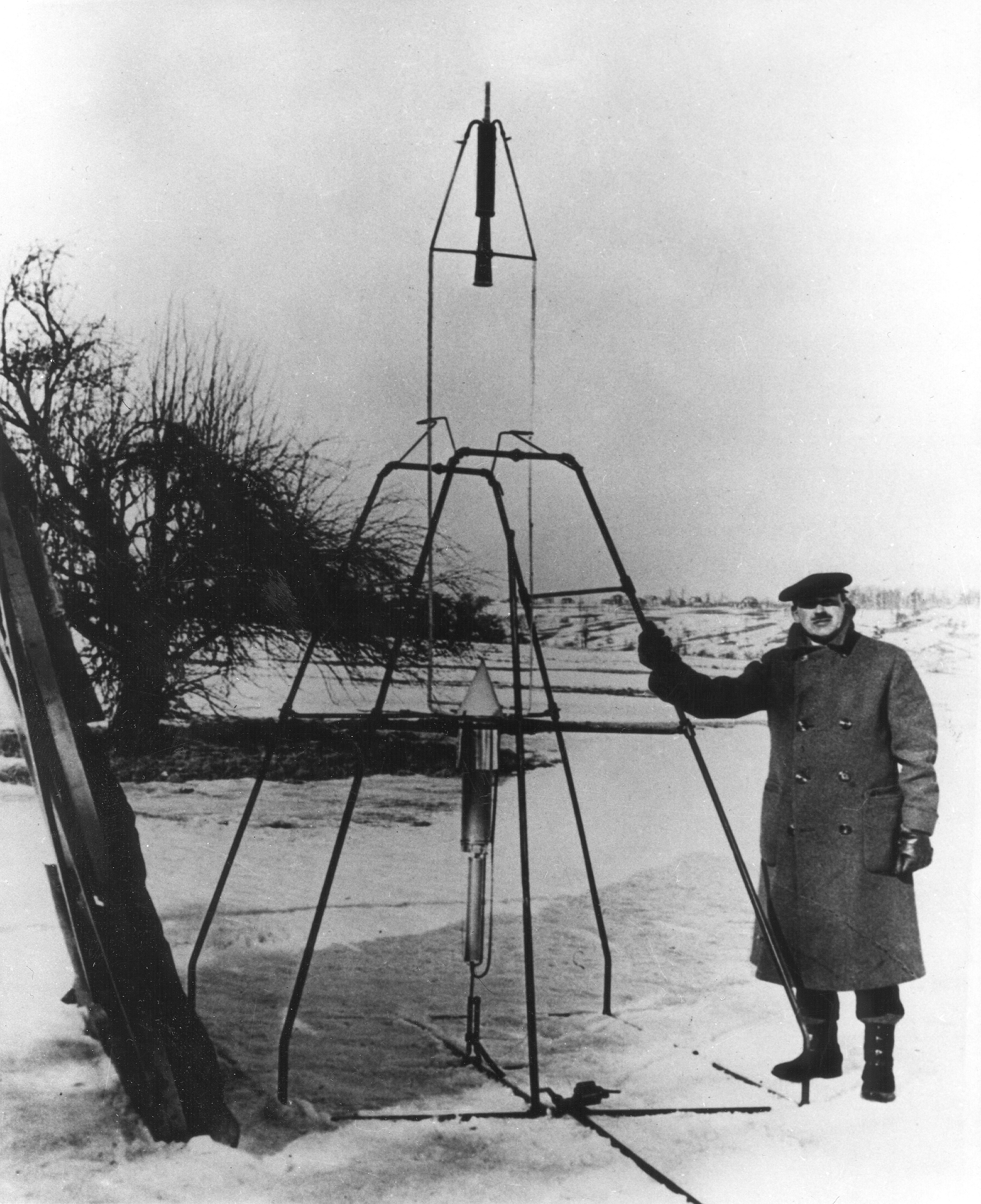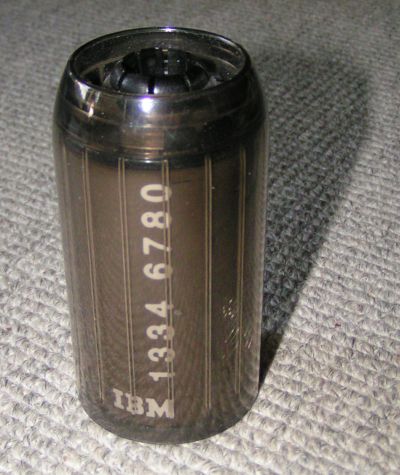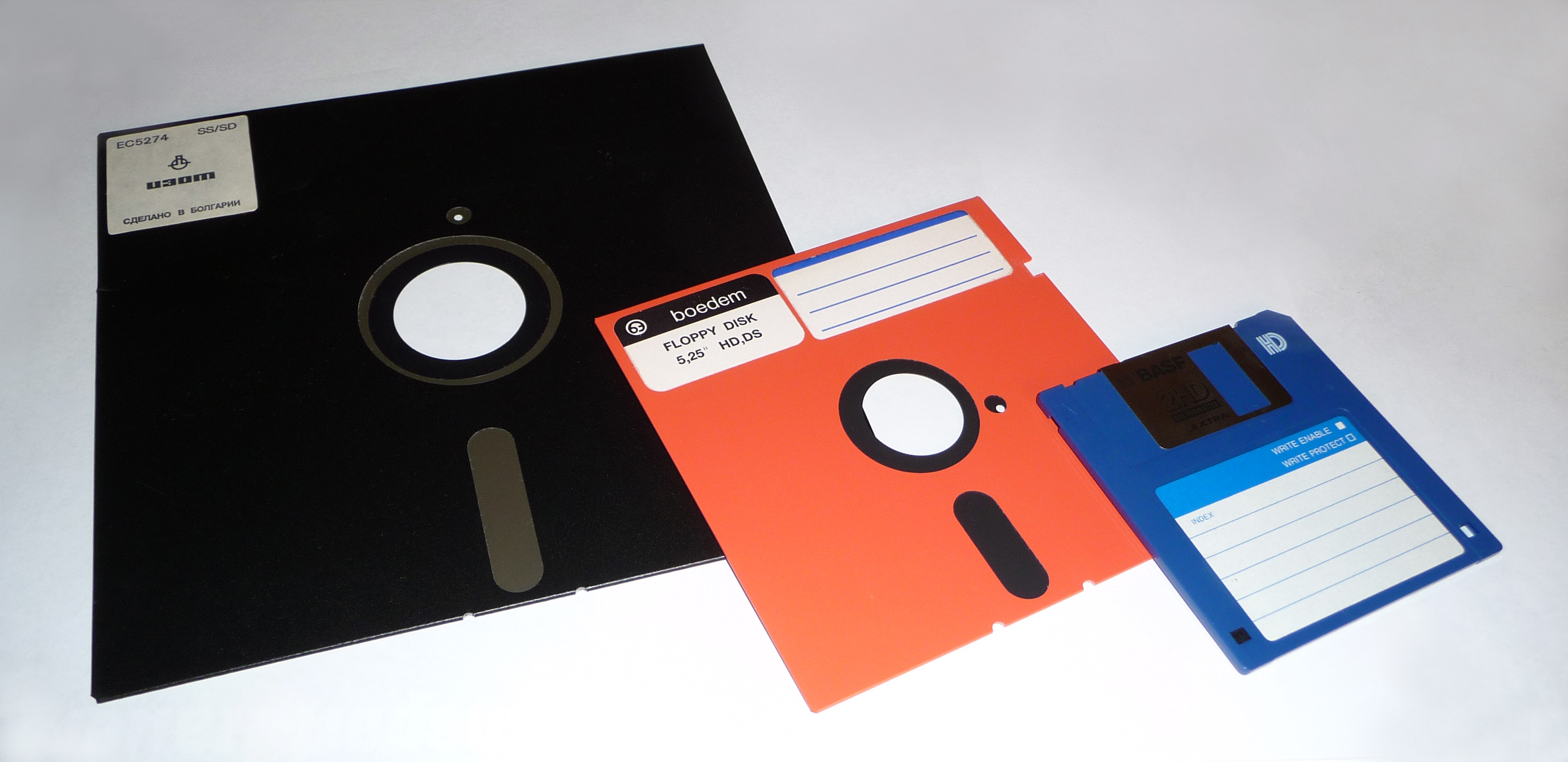|
Jack Harker
John Mason "Jack" Harker (June 29, 1926 – April 27, 2013) was an inventor, mechanical engineer, and product and program manager who pioneered development of disk storage systems.John Mason (Jack) Harker (1926 - 2013) Obituary San Jose Mercury News, May 12, 2013 Starting as a member of the original team that developed the first disk storage system, he went on to develop Direct Access Storage products for the next 35 years. Over that time, Harker was twice director of the IBM San Jose Storage Laboratories, an |
Disk Storage
Disc or disk may refer to: * Disk (mathematics) In geometry, a disk (Spelling of disc, also spelled disc) is the region in a plane (geometry), plane bounded by a circle. A disk is said to be ''closed'' if it contains the circle that constitutes its boundary, and ''open'' if it does not. Fo ..., a two dimensional shape, the interior of a circle * Disk storage * Optical disc * Floppy disk Music * Disc (band), an American experimental music band * ''Disk'' (album), a 1995 EP by Moby Other uses * Disc harrow, a farm implement * Discus throw or disc throw, a track and field event involving a heavy disc * Intervertebral disc, a cartilage between vertebrae * Disk (functional analysis), a subset of a vector space * ''Disc'' (magazine), a British music magazine * Disk, a part of a flower * Disc number, numbers assigned to Inuit by the Government of Canada * Galactic disc, a disc-shaped group of stars Abbreviations * Death-inducing signaling complex * DISC assessmen ... [...More Info...] [...Related Items...] OR: [Wikipedia] [Google] [Baidu] |
Gigabytes
The gigabyte () is a multiple of the unit byte for digital information. The prefix ''giga'' means 109 in the International System of Units (SI). Therefore, one gigabyte is one billion bytes. The unit symbol for the gigabyte is GB. This definition is used in all contexts of science (especially data science), engineering, business, and many areas of computing, including storage capacities of hard drives, solid-state drives, and tapes, as well as data transmission speeds. The term is also used in some fields of computer science and information technology to denote (10243 or 230) bytes, however, particularly for sizes of RAM. Thus, some usage of ''gigabyte'' has been ambiguous. To resolve this difficulty, IEC 80000-13 clarifies that a ''gigabyte'' (GB) is 109 bytes and specifies the term ''gibibyte'' (GiB) to denote 230 bytes. These differences are still readily seen, for example, when a 400 GB drive's capacity is displayed by Microsoft Windows as 372 GB instead o ... [...More Info...] [...Related Items...] OR: [Wikipedia] [Google] [Baidu] |
1926 Births
In Turkey, the year technically contained only 352 days. As Friday, December 18, 1926 ''(Julian Calendar)'' was followed by Saturday, January 1, 1927 '' (Gregorian Calendar)''. 13 days were dropped to make the switch. Turkey thus became the last country to officially adopt the Gregorian Calendar, which ended the 344-year calendrical switch around the world that took place in October, 1582 by virtue of the Papal Bull made by Pope Gregory XIII. Events January * January 3 – Theodoros Pangalos declares himself dictator in Greece. * January 8 **Ibn Saud is crowned ruler of the Kingdom of Hejaz. ** Crown Prince Nguyễn Phúc Vĩnh Thuy ascends the throne as Bảo Đại, the last monarch of the Nguyễn dynasty of the Kingdom of Vietnam. * January 16 – A British Broadcasting Company radio play by Ronald Knox about workers' revolution in London causes a panic among those who have not heard the preliminary announcement that it is a satire on broadcasting. * January 21 ... [...More Info...] [...Related Items...] OR: [Wikipedia] [Google] [Baidu] |
Businesspeople From The San Francisco Bay Area
A businessperson, also referred to as a businessman or businesswoman, is an individual who has founded, owns, or holds shares in (including as an angel investor) a private-sector company. A businessperson undertakes activities (commercial or industrial) to generate cash flow, sales, and revenue by using a combination of human, financial, intellectual, and physical capital to fuel economic development and growth. History Medieval period: Rise of the merchant class Merchants emerged as a social class in medieval Italy. Between 1300 and 1500, modern accounting, the bill of exchange, and limited liability were invented, and thus, the world saw "the first true bankers", who were certainly businesspeople. Around the same time, Europe saw the " emergence of rich merchants." This "rise of the merchant class" came as Europe "needed a middleman" for the first time, and these "burghers" or "bourgeois" were the people who played this role. Renaissance to Enlightenment: Rise of t ... [...More Info...] [...Related Items...] OR: [Wikipedia] [Google] [Baidu] |
American Manufacturing Businesspeople
American(s) may refer to: * American, something of, from, or related to the United States of America, commonly known as the "United States" or "America" ** Americans, citizens and nationals of the United States of America ** American ancestry, people who self-identify their ancestry as "American" ** American English, the set of varieties of the English language native to the United States ** Native Americans in the United States, indigenous peoples of the United States * American, something of, from, or related to the Americas, also known as "America" ** Indigenous peoples of the Americas * American (word), for analysis and history of the meanings in various contexts Organizations * American Airlines, U.S.-based airline headquartered in Fort Worth, Texas * American Athletic Conference, an American college athletic conference * American Recordings (record label), a record label that was previously known as Def American * American University, in Washington, D.C. Sports teams S ... [...More Info...] [...Related Items...] OR: [Wikipedia] [Google] [Baidu] |
IBM Fellows
International Business Machines Corporation (using the trademark IBM), nicknamed Big Blue, is an American multinational technology company headquartered in Armonk, New York, and present in over 175 countries. It is a publicly traded company and one of the 30 companies in the Dow Jones Industrial Average. IBM is the largest industrial research organization in the world, with 19 research facilities across a dozen countries; for 29 consecutive years, from 1993 to 2021, it held the record for most annual U.S. patents generated by a business. IBM was founded in 1911 as the Computing-Tabulating-Recording Company (CTR), a holding company of manufacturers of record-keeping and measuring systems. It was renamed "International Business Machines" in 1924 and soon became the leading manufacturer of punch-card tabulating systems. During the 1960s and 1970s, the IBM mainframe, exemplified by the System/360 and its successors, was the world's dominant computing platform, with the company p ... [...More Info...] [...Related Items...] OR: [Wikipedia] [Google] [Baidu] |
IEEE Reynold B
The Institute of Electrical and Electronics Engineers (IEEE) is an American 501(c)(3) public charity professional organization for electrical engineering, electronics engineering, and other related disciplines. The IEEE has a corporate office in New York City and an operations center in Piscataway, New Jersey. The IEEE was formed in 1963 as an amalgamation of the American Institute of Electrical Engineers and the Institute of Radio Engineers. History The IEEE traces its founding to 1884 and the American Institute of Electrical Engineers. In 1912, the rival Institute of Radio Engineers was formed. Although the AIEE was initially larger, the IRE attracted more students and was larger by the mid-1950s. The AIEE and IRE merged in 1963. The IEEE is headquartered in New York City, but most business is done at the IEEE Operations Center in Piscataway, New Jersey, opened in 1975. The Australian Section of the IEEE existed between 1972 and 1985, after which it split into state- and te ... [...More Info...] [...Related Items...] OR: [Wikipedia] [Google] [Baidu] |
IBM 3340
IBM manufactured magnetic disk storage devices from 1956 to 2003, when it sold its hard disk drive business to Hitachi. Both the hard disk drive (HDD) and floppy disk drive (FDD) were invented by IBM and as such IBM's employees were responsible for many of the innovations in these products and their technologies. The basic mechanical arrangement of hard disk drives has not changed since the IBM 1301. Disk drive performance and characteristics are measured by the same standards now as they were in the 1950s. Few products in history have enjoyed such spectacular declines in cost and physical size along with equally dramatic improvements in capacity and performance. IBM manufactured 8-inch floppy disk drives from 1969 until the mid-1980s, but did not become a significant manufacturer of smaller-sized, 5.25- or 3.5-inch floppy disk drives (the dimension refers to the diameter of the floppy disk, not the size of the drive). IBM always offered its magnetic disk drives for sale but did no ... [...More Info...] [...Related Items...] OR: [Wikipedia] [Google] [Baidu] |
IBM 3850
The IBM 3850 Mass Storage System (MSS) was an online tape library used to hold large amounts of infrequently accessed data. It was one of the earliest examples of nearline storage. History Starting in the late-1960s IBM's lab in Boulder, Colorado began development of a low-cost mass storage system based on magnetic tape cartridges. The tapes would be accessed automatically by a robot (known as an ''accessor'') and fed into a reader/writer unit that could work on several tapes at the same time. Originally the system was going to be used as a directly attached memory device, but as the speed of computers grew in relation to the storage, the product was re-purposed as an automated system that would offload little-used data from hard disk systems. Known internally as ''Comanche'' while under development, IBM management found a number of niche uses for the concept, and announced it officially as the IBM 3850 on October 9, 1974. After more than a decade (comparable to the IBM 2321 D ... [...More Info...] [...Related Items...] OR: [Wikipedia] [Google] [Baidu] |
History Of The Floppy Disk
A floppy disk is a disk storage medium composed of a thin and flexible magnetic storage medium encased in a rectangular plastic carrier. It is read and written using a floppy disk drive (FDD). Floppy disks were an almost universal data format from the 1970s into the 1990s, used for primary data storage as well as for backup and data transfers between computers. In 1967, at an IBM facility in San Jose, California, work began on a drive that led to the world's first floppy disk and disk drive. It was introduced into the market in an format in 1971. The more conveniently sized 5¼-inch disks were introduced in 1976, and became almost universal on dedicated word processing systems and personal computers. This format was more slowly replaced by the 3½-inch format, first introduced in 1982. There was a significant period where both were popular. A number of other variant sizes were introduced over time, with limited market success. Floppy disks remained a popular medium for nearly ... [...More Info...] [...Related Items...] OR: [Wikipedia] [Google] [Baidu] |







